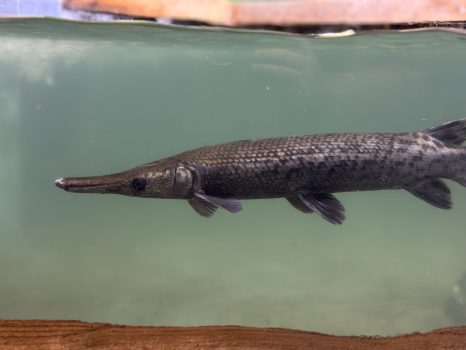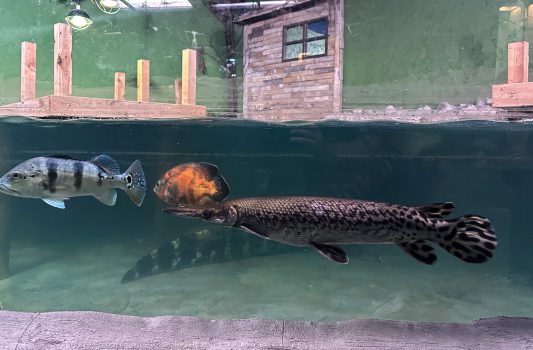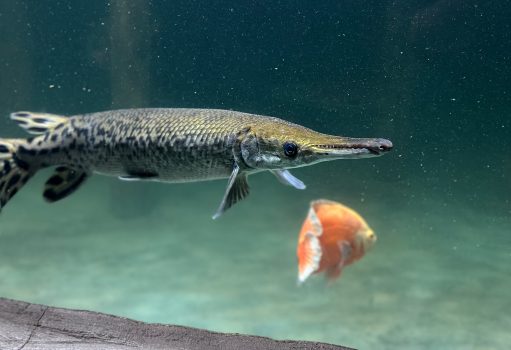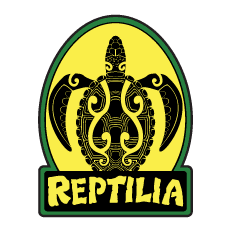Alligator Gar
Common Name: Alligator Gar
Scientific Name: Atractosteus spatula
Names: Garlic Bread, Garth Brooks, Garlic Loaf
Locations: Whitby



Diet
Alligator Gars are carnivorous, primarily feeding on fish but also consuming waterfowl, small mammals, and other aquatic creatures. Their large, sharp teeth and powerful jaws allow them to catch and consume large prey.
Average lifespan
Alligator Gars can live 20 to 50 years, with some individuals possibly living longer under optimal conditions.
Size
One of the largest freshwater fishes in North America, alligator gars can grow up to 2.5 to 3 meters (8 to 10 feet) in length.
Weight
They can weigh up to 136 to 159 kilograms (300 to 350 pounds), although such sizes are rare.
About
Native to the southern United States, alligator gars are found in slow-moving rivers, reservoirs, and estuaries. They are known for their prehistoric appearance, featuring an elongated snout and a robust body covered in diamond-shaped scales that resemble armor.
Size and behavior
Alligator Gars are solitary and territorial creatures, especially during spawning season. They are slow-moving but capable of quick bursts of speed when striking at prey. Their swimming style is often described as stealthy and they can breathe air using a primitive lung, allowing them to survive in oxygen-poor waters.
Diet and nutrition
Alligator Gars are apex predators in their ecosystems, feeding on a variety of aquatic organisms. They play a crucial role in maintaining the balance by controlling the populations of other species.
Conservation status
The Alligator Gar is currently classified as Least Concern by the IUCN, but its populations are under threat from habitat loss, pollution, and indiscriminate culling due to unfounded fears that they pose a significant danger to humans.
Fun fact
The Alligator Gar’s ability to breathe air allows it to survive out of water for up to two hours, providing it remains moist. This adaptation is particularly useful during droughts or in stagnant pools with low oxygen levels. Additionally, their eggs are toxic to humans if ingested, which is a natural defense mechanism against potential predators.
Call or visit your local Reptilia Facility to learn how you can adopt one of these amazing reptiles.










